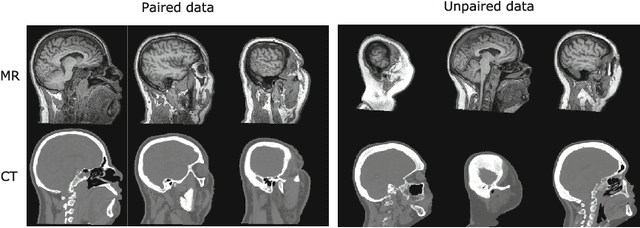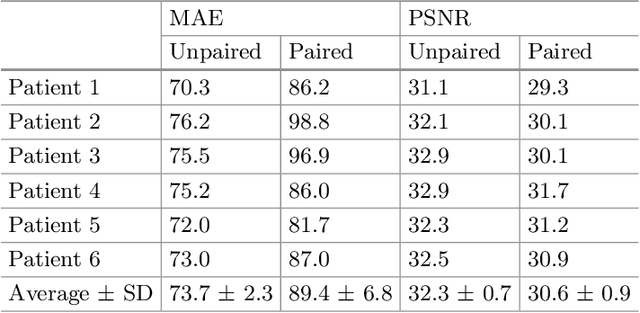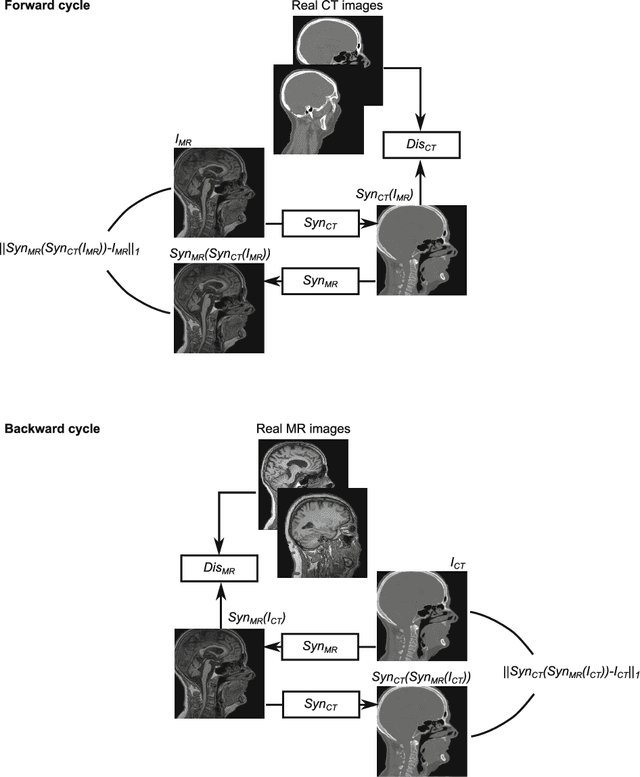Peter R. Seevinck
SMART tracking: Simultaneous anatomical imaging and real-time passive device tracking for MR-guided interventions
Aug 28, 2019



Abstract:Purpose: This study demonstrates a proof of concept of a method for simultaneous anatomical imaging and real-time (SMART) passive device tracking for MR-guided interventions. Methods: Phase Correlation template matching was combined with a fast undersampled radial multi-echo acquisition using the white marker phenomenon after the first echo. In this way, the first echo provides anatomical contrast, whereas the other echoes provide white marker contrast to allow accurate device localization using fast simulations and template matching. This approach was tested on tracking of five 0.5 mm steel markers in an agarose phantom and on insertion of an MRI-compatible 20 Gauge titanium needle in ex vivo porcine tissue. The locations of the steel markers were quantitatively compared to the marker locations as found on a CT scan of the same phantom. Results: The average pairwise error between the MRI and CT locations was 0.30 mm for tracking of stationary steel spheres and 0.29 mm during motion. Qualitative evaluation of the tracking of needle insertions showed that tracked positions were stable throughout needle insertion and retraction. Conclusions: The proposed SMART tracking method provided accurate passive tracking of devices at high framerates, inclusion of real-time anatomical scanning, and the capability of automatic slice positioning. Furthermore, the method does not require specialized hardware and could therefore be applied to track any rigid metal device that causes appreciable magnetic field distortions.
CT synthesis from MR images for orthopedic applications in the lower arm using a conditional generative adversarial network
Jan 24, 2019



Abstract:Purpose: To assess the feasibility of deep learning-based high resolution synthetic CT generation from MRI scans of the lower arm for orthopedic applications. Methods: A conditional Generative Adversarial Network was trained to synthesize CT images from multi-echo MR images. A training set of MRI and CT scans of 9 ex vivo lower arms was acquired and the CT images were registered to the MRI images. Three-fold cross-validation was applied to generate independent results for the entire dataset. The synthetic CT images were quantitatively evaluated with the mean absolute error metric, and Dice similarity and surface to surface distance on cortical bone segmentations. Results: The mean absolute error was 63.5 HU on the overall tissue volume and 144.2 HU on the cortical bone. The mean Dice similarity of the cortical bone segmentations was 0.86. The average surface to surface distance between bone on real and synthetic CT was 0.48 mm. Qualitatively, the synthetic CT images corresponded well with the real CT scans and partially maintained high resolution structures in the trabecular bone. The bone segmentations on synthetic CT images showed some false positives on tendons, but the general shape of the bone was accurately reconstructed. Conclusions: This study demonstrates that high quality synthetic CT can be generated from MRI scans of the lower arm. The good correspondence of the bone segmentations demonstrates that synthetic CT could be competitive with real CT in applications that depend on such segmentations, such as planning of orthopedic surgery and 3D printing.
Deep MR to CT Synthesis using Unpaired Data
Aug 03, 2017



Abstract:MR-only radiotherapy treatment planning requires accurate MR-to-CT synthesis. Current deep learning methods for MR-to-CT synthesis depend on pairwise aligned MR and CT training images of the same patient. However, misalignment between paired images could lead to errors in synthesized CT images. To overcome this, we propose to train a generative adversarial network (GAN) with unpaired MR and CT images. A GAN consisting of two synthesis convolutional neural networks (CNNs) and two discriminator CNNs was trained with cycle consistency to transform 2D brain MR image slices into 2D brain CT image slices and vice versa. Brain MR and CT images of 24 patients were analyzed. A quantitative evaluation showed that the model was able to synthesize CT images that closely approximate reference CT images, and was able to outperform a GAN model trained with paired MR and CT images.
 Add to Chrome
Add to Chrome Add to Firefox
Add to Firefox Add to Edge
Add to Edge